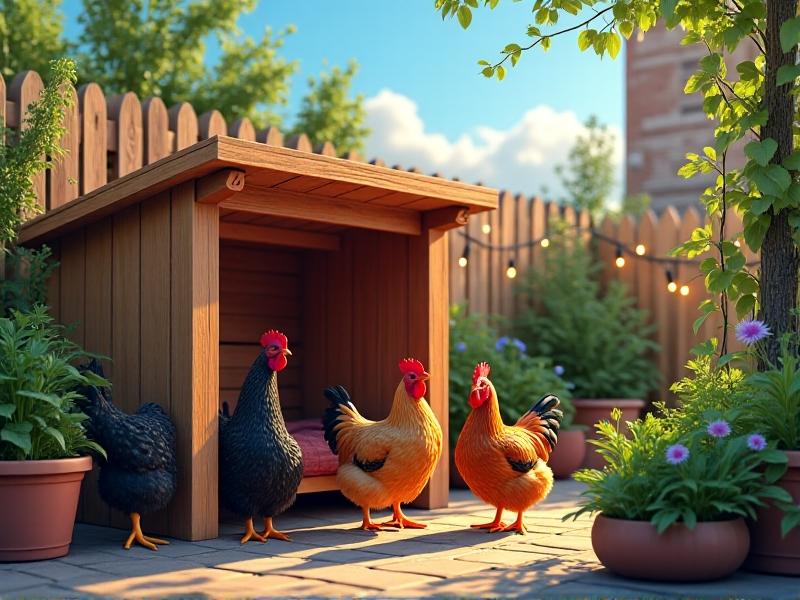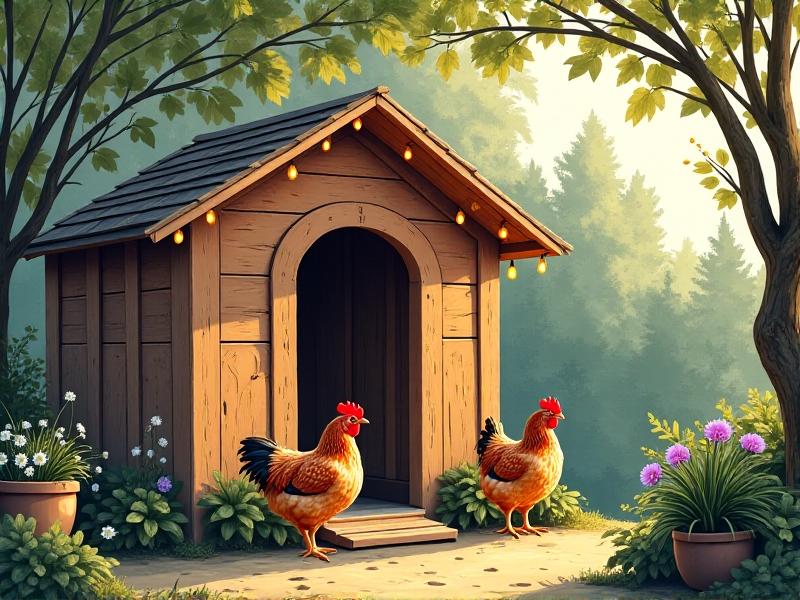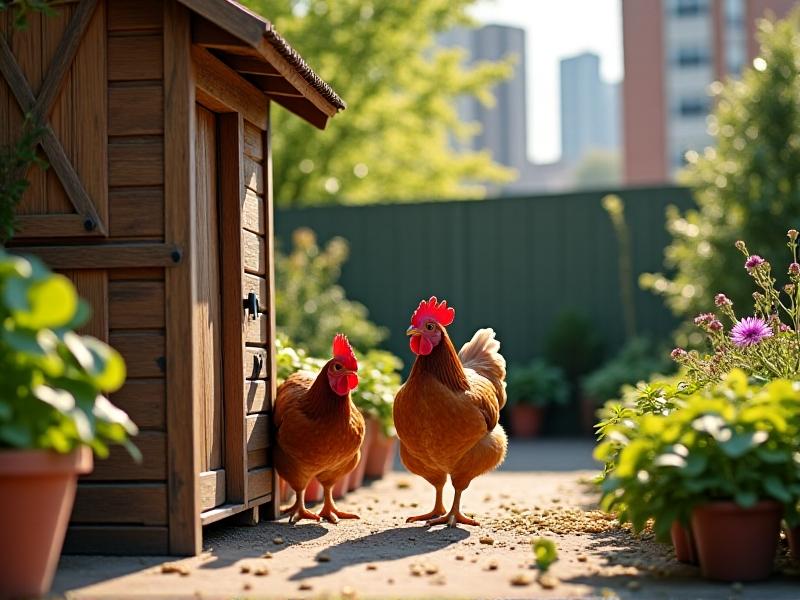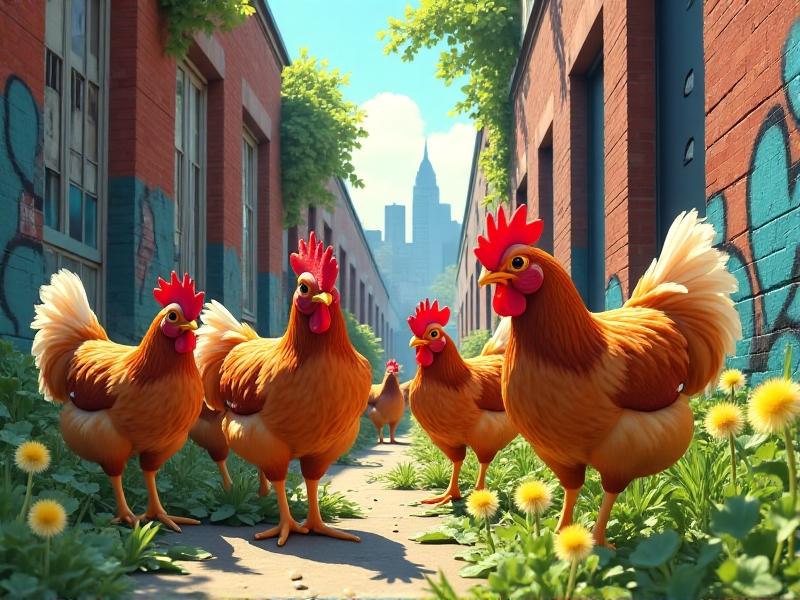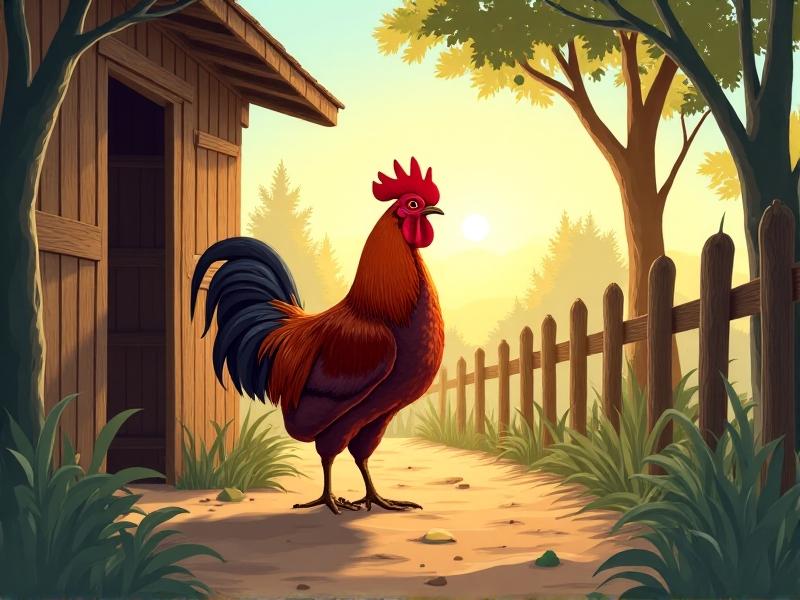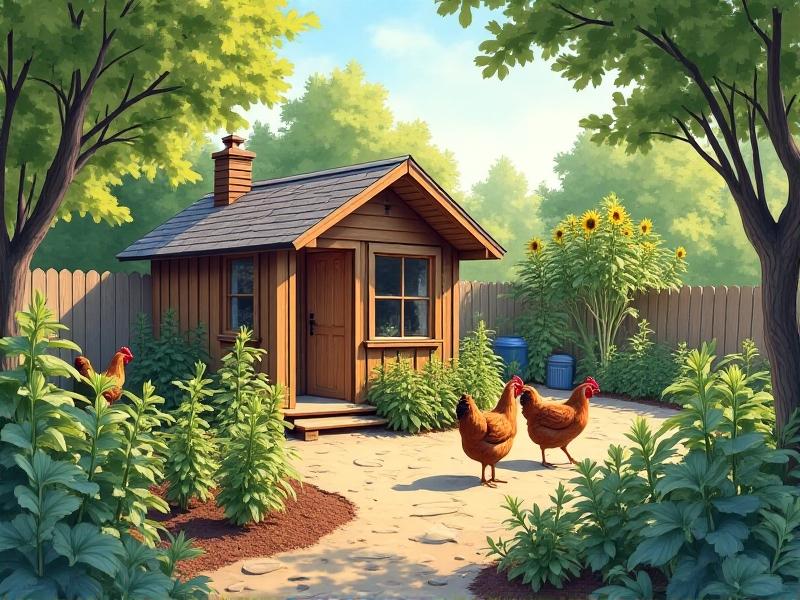Extending Laying Years: Keeping Urban Hens Productive
Understanding the Natural Laying Cycle of Hens
Urban hen-keeping enthusiasts often start with a burst of enthusiasm as their hens lay eggs reliably during peak production years. However, egg output naturally declines as hens age, typically beginning around 2–3 years old. Understanding the biological rhythms of laying hens is critical to extending their productive years. Hens are photoperiodic, meaning their reproductive cycles are influenced by daylight. As daylight decreases in autumn, egg production often slows or stops entirely. By mimicking natural light patterns and providing consistent care, keepers can help hens maintain steady laying habits even as they mature.
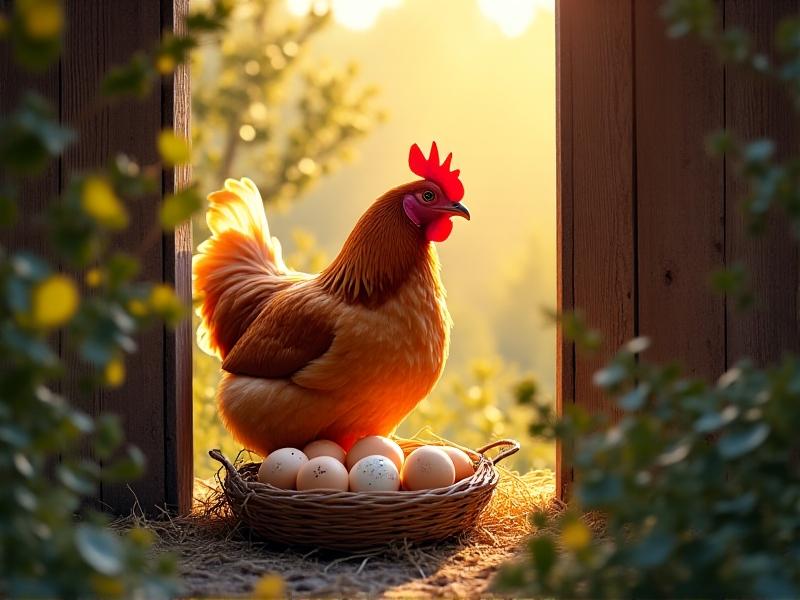
Optimizing Nutrition for Long-Term Egg Production
A hen’s diet directly impacts her ability to produce eggs consistently into older age. High-quality layer feed with 16–18% protein forms the foundation, but supplemental nutrients like calcium (for strong shells) and omega-3s (for egg quality) are equally vital. Free-range hens benefit from foraging insects and greens, which provide natural vitamins. Consider adding crushed oyster shells or limestone grit to nesting areas, and rotate seasonal treats like mealworms or pumpkin seeds to keep diets varied and engaging.
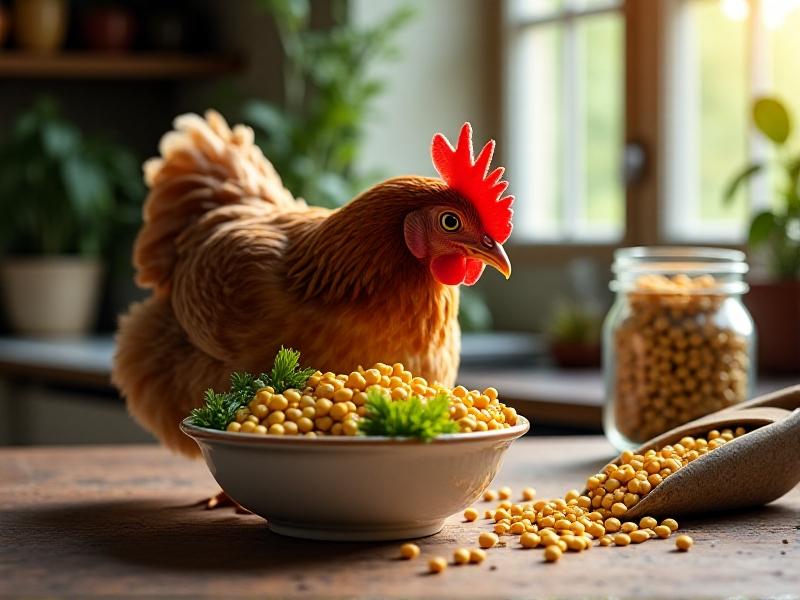
Designing the Ideal Coop Environment
Stress reduction starts with coop design. Provide at least 4 square feet of indoor space per hen and 10 square feet outdoors to prevent overcrowding. Install adjustable ventilation panels to regulate temperature and ammonia levels—key factors in respiratory health. Roosting bars should be wide enough for comfortable perching (2–4 inches), and nesting boxes lined with straw or hemp bedding offer privacy. A predator-proof run with dust-bathing areas completes a sanctuary that encourages year-round laying.
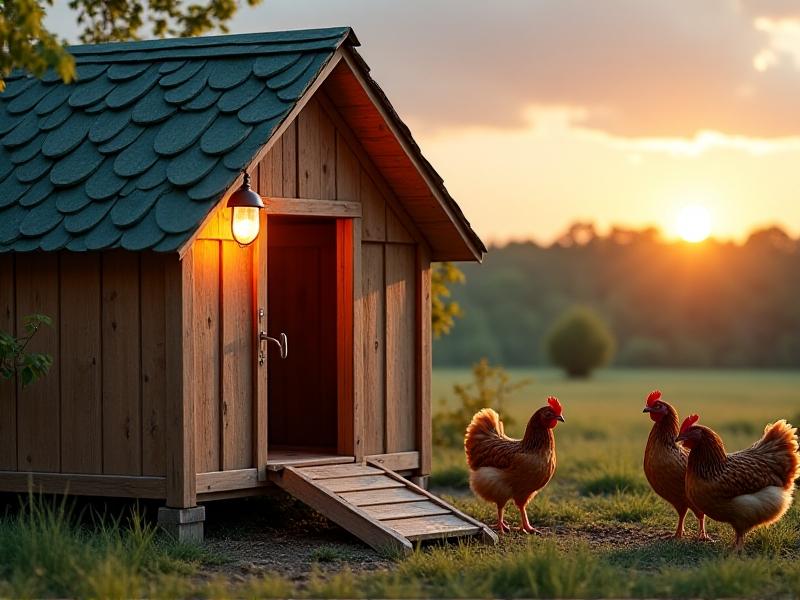
The Role of Enrichment and Exercise
Boredom and lethargy hasten declines in egg production. Install hanging cabbage pinatas, ladder perches, or treat-dispensing balls to stimulate natural behaviors. A weekly rotation of logs, stumps, or shallow sandboxes encourages scratching and exploration. Flock-friendly “toys” like mirrors or CD mobiles spark curiosity, while supervised free-ranging time lets hens hunt bugs and stretch their wings—activities that maintain muscle tone and reproductive health.
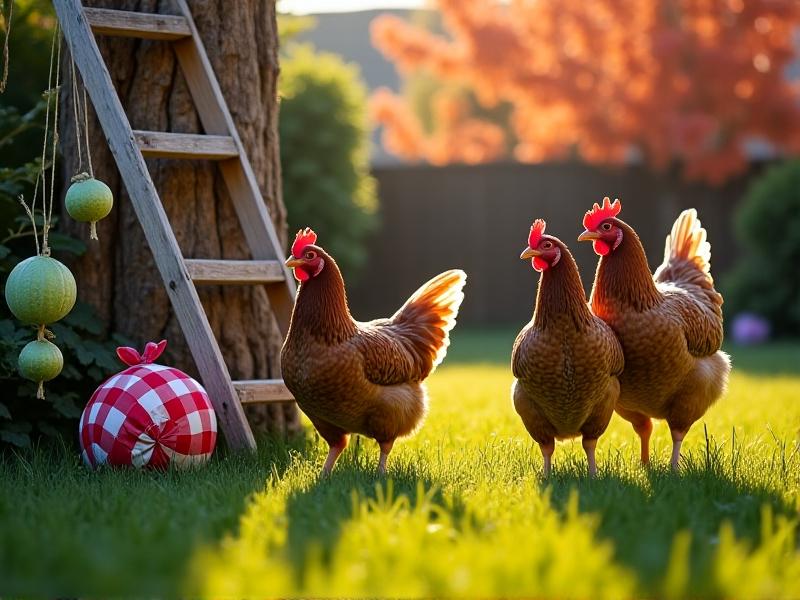
Health Monitoring and Disease Prevention
Routine health checks are non-negotiable for aging hens. Monthly weigh-ins track weight loss, while comb color and droppings consistency offer clues to internal issues. Vaccinate against common threats like Marek’s disease, and deworm seasonally with natural remedies like diatomaceous earth. Inspect feet for bumblefoot and vents for parasites. Partnering with a poultry-savvy vet ensures early intervention for arthritis or egg-binding—conditions that disproportionately affect older layers.
Introducing New Hens to Sustain Flock Vitality
Gradual integration of younger hens prevents productivity drops as older birds retire. Quarantine new arrivals for 30 days to avoid disease spread, then use a “see but don’t touch” partition for 1–2 weeks before mingling flocks. Provide multiple feeding stations to reduce competition, and monitor for bullying. The fresh energy of pullets often reignites older hens’ laying instincts through social dynamics, creating a balanced, intergenerational flock.
